Cormorant Fishing: 5 Places to Enjoy Ukai, a Summer Tradition in Japan

Ukai is a traditional river fishing technique employing cormorants. Nagara River (Gifu), Hiji River (Ehime), and Mikuma River (Oita) are three places in Japan famous for ukai. Learn how and where to watch these amazing summer traditions.
Japan's Tradition of Cormorant Fishing
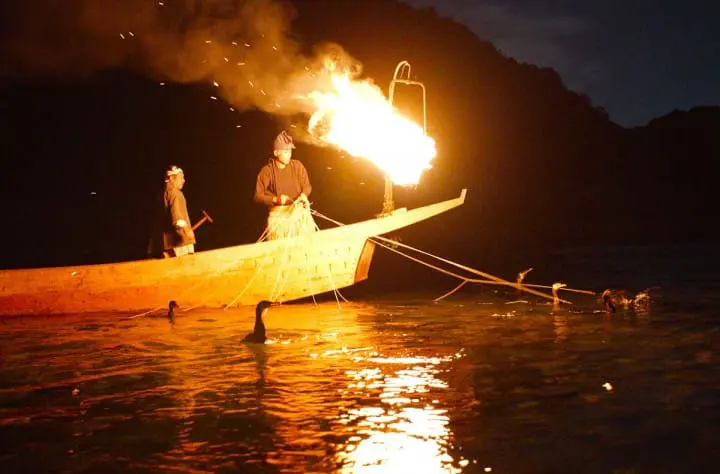
© JNTO
Ukai is a traditional fishing method using cormorants, which belong to the Suliformes Phalacrocoracidae family. The season is from May to September.
The method takes advantage of the bird's tendency to store fish in its throat, utilizing it to catch ayu (sweetfish) and making the cormorant spit it out.
Ukai is done at night with one to three handlers on a boat and five to 12 cormorants, using a bonfire at the bow to lure the sweetfish. A noose is on the bird's neck to prevent it from swallowing the larger fish while letting the smaller fish pass to the stomach.
Ukai, a typical summer scenery in Japan, is a fascinating tradition. This article introduces the history and places where it can be watched.
Ukai: Cormorant Fishing in Japan
1. The History of Cormorant Fishing in Japab
2. Cormorants
3. Usho: Cormorant Masters
4. Five Places to Watch Ukai
- Nagara River in Gifu
- Hiji River in Ozu City, Ehime
- Mikuma River in Hita City, Oita
- Uji River in Uji City, Kyoto
- Oi River in Kyoto
5. FAQs
History
Ukai is said to have a history spanning over 1,300 years. It started as a practical fishing method, eventually spreading to the aristocrats and samurai as a recreational activity.
While the method is still practiced at various locations, Nagara River (Gifu Prefecture), Hiji River in Ozu City (Ehime Prefecture), and Mikuma River (Oita Prefecture) are three major ukai spots in Japan.
At Nagara River, the fishing is called Goryo Ukai (Imperial Cormorant Fishing). It is the only ukai to be practiced at goryo-ba, a property owned by the imperial family.
Cormorants
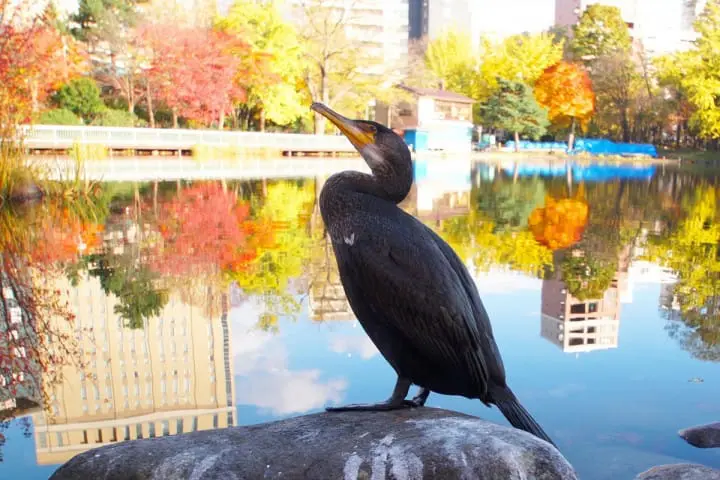
Cormorants have excellent eyesight and are affectionate to humans. The birds, trained for about three years, are treated as family by the usho (handler) and reside at their house.
Their bonds are very strong, and this relationship continues after the birds retire.
Usho: Cormorant Masters
Usho is the person handling the cormorant. They wear a dark blue uniform called ryofuku, along with a straw skirt.
Gifu City and Seki City in Gifu Prefecture boast a long history of ukai, and the fishing is under the protection of the imperial family. The usho at Nagara River are all members of the Imperial Household Agency.
Ubune
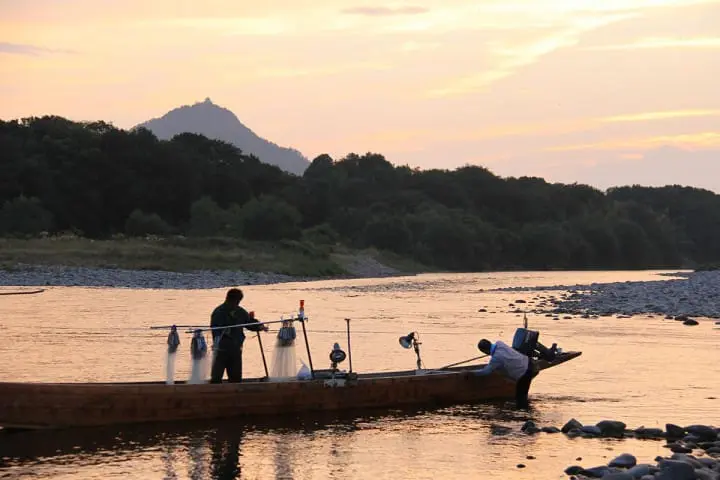
© Gifu Prefecture Tourism Federation
This is the wooden vessel, measuring 13 to 15 meters in length, used in ukai.
Five Places to Watch Ukai
While ukai can be watched from the river bank or a bridge, there are boats accompanying the ubune for spectators interested in watching the fishing up close. This boat will be crowded in July and August, the Japanese summer vacation season.
Those planning to watch ukai in the summer should make an early reservation.
1. Nagara River in Gifu Prefecture
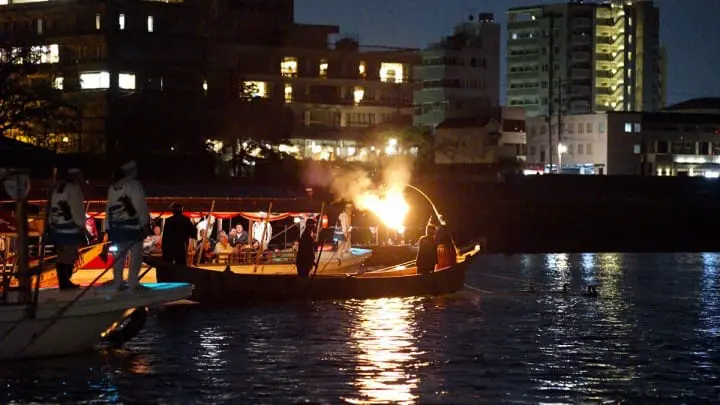
©JNTO
The ukai season is held every night from May 11 to October 15 annually. There will be no fishing at the time of the harvest moon or when the water level rises. While ukai is visible from the bridge or the river banks, those who want to watch it at close range should book a seat on the boat.
Reservations can be made on the Gifu City Cormorant Fishing Observation Boat Office website. The fare is 3,500 yen and up for adults. Pamphlets in English, Chinese (traditional and simplified characters), and Korean will be on board.
Gifu City Cormorant Fishing Observation Boat Office
Address: Gifu, Minato 1-2
Season: From May 11 to October 15
Official Website: Rakuten Travel: Book a Hotel Near the Nagara River!
2. Hiji River in Ozu City (Ehime Prefecture)
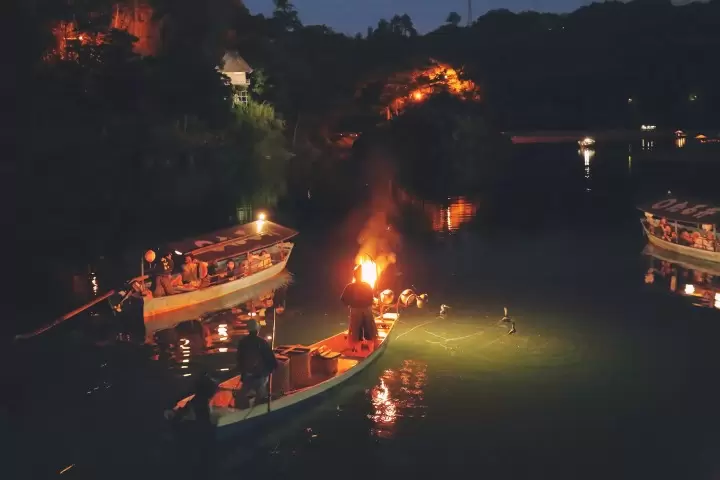
Photo from One of Japan's Three Great Cormorant Fishing Traditions: See Ozu's Summer Cormorant Fishing Up Close
The ukai season is held annually from June to September. Ozu, known as the birthplace of awase ukai, is one of the three major ukai spots in Japan.
Boat reservations can be made at the Ozu City Official Tourism Information, located inside Asamoya, a visitor facility. The fare for an adult is 4,000 yen for a seat and 8,000 yen for a seat and lunch box.
For further tourist information, please check this page.
Ozu City Official Tourism Information
Address: Ehime, Ozu, Ozu 649-1
Season: From June to September (The 2024 season is from June 1 to September 20)
Official Website: https://ozuukai.com (Japanese)
Read also
3. Mikuma River in Hita City (Oita Prefecture)
Ukai is practiced at Hita (Oita) in the Kyushu region. The hotels in the area run a yakatabune (a roofed pleasure boat), where spectators can also enjoy dinner. Check out the boats featured on each of the hotel websites.
Season: From May 20 to October 31
Official Website: https://oidehita.com/
Read also
4. Uji River in Uji City (Kyoto Prefecture)

Photo by Pixta
The ukai at the Uji River is held from July to September. The boat fare is 2,700 yen for adults and 1,200 yen for elementary students, which is relatively inexpensive. Reservations are also not required.
Season: From July 1 to September 30
Official Website: https://www.kyoto-uji-kankou.or.jp/ukai-en.html
Read also
5. Oi River in Kyoto City (Kyoto Prefecture)
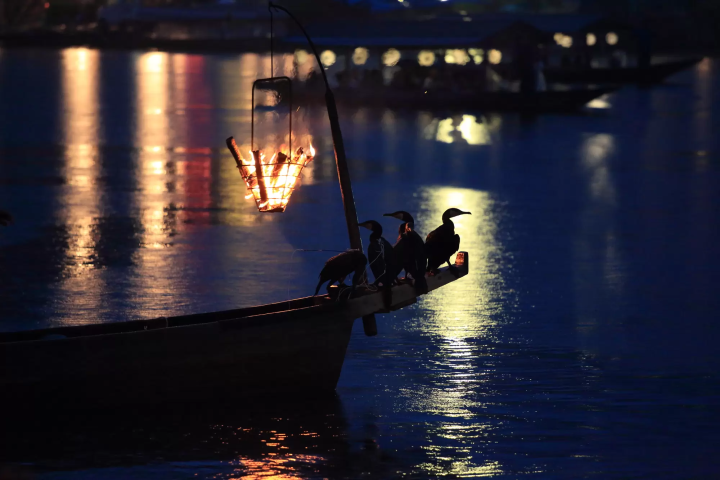
The ukai at the Oi River, featuring a fantastic night view of Arashiyama, is held from July 1 to September 23. It offers an opportunity to enjoy a traditional event in Kyoto. The boat fare is 3,000 yen for adults and 1,500 yen for children. Reservations are not required.
Season: From July 1 to September 23 (Please note that the ukai will be canceled in case of heavy weather.)
Official Website: https://arashiyama-yakatabune.com/home/arashiyama_ukai/ (Japanese)
Read also
Other Locations
Ukai is practiced in the following areas as well.
Kiso River in Inuyama City, Kagamihara City (Aichi Prefecture)
From June 1 to October 15 (There is no ukai held on August 10.)
Fare: 3,500 yen and up (adults)
Bansen River in Miyoshi City (Hiroshima Prefecture)
From June 1 to September 10
Fare: 4,000 yen and up (adults)
Reservations can be made at the Miyoshi Visitor Information Center or on the official website.
Nishiki River in Iwakuni City (Yamaguchi Prefecture)
From June 1 to September 10
Fare: 3,000 yen and up (adults)
Read also
FAQs
What is ukai?
It is a traditional fishing method in Japan using a cormorant, a bird that belongs to the Suliformes Phalacrocoracidae family.
When is the season?
It is annually practiced from May to September.
How is it done?
The cormorant is managed by an usho, the handler wearing a dark-blue outfit called ryofuku and a straw skirt.
Will ukai be cancelled when it rains?
No. Ukai is practiced on rainy days. It may be canceled if the river rises due to heavy rain or a typhoon.
Where can we watch ukai?
The following are some well-known ukai spots.
Nagara River (Gifu Prefecture)
Hiji River (Ozu City, Ehime Prefecture)
Mikuma River (Hita City, Oita Prefecture)
Uji River (Uji City, Kyoto Prefecture)
Oi River (Kyoto City, Kyoto Prefecture)
Enjoy a Traditional Summer Event
Ukai can be watched only at specific locations in Japan, including the three major spots. If you have the chance, please enjoy this unique Japanese summer event.



![[One of Japan's Three Great Cormorant Fishing] See Ozu's summer tradition, "cormorant fishing," up close!](https://resources.matcha-jp.com/resize/200x2000/2024/07/23-189167.webp)

























































![[Coupon Available] Attention Overseas Winter Sports Fans! Nagano's Sports Depot Has Evolved](https://resources.matcha-jp.com/resize/720x2000/2026/01/05-254819.webp)
![[2 hours from Tokyo ] 10 Quiet and Breathtaking Views of Mount Fuji in Yamanashi Hokuto City , Yamanashi - Part 2](https://resources.matcha-jp.com/resize/720x2000/2025/12/16-253037.webp)
